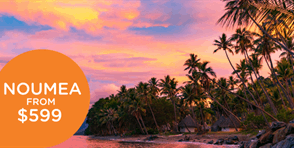Bhutan is perhaps the most mysterious and diverse of all the Himalayan kingdoms, where for centuries a traditional Buddhist culture has thrived in isolation from the rest of the world. It is a country that puts its people and environment first – a place where progress is measured in gross national happiness not GDP, and that’s not just carbon neutral, but carbon negative. It’s a place of lush forested valleys, fortified monasteries, sacred mountains, and art and architecture unique to the region. This journey begins in Paro and heads straight to Thimphu, where there are two days to discover the history and heritage of this charming and serene capital. Walk in the countryside and back in time with visits to the beautiful Punakha and Haa Valleys. Here the rural lifestyle and architecture of Bhutan is explored before returning to Paro. Finish with a true highlight – the spectacular Taktsang (the Tiger’s Nest), a small monastery clinging to a rocky cliff 900 metres above the valley floor. A journey through the astonishing beauty of the people, landscape and culture of Bhutan will have your happiness levels off the scale.
-
Pricing
-
- Start Date
- End Date
- Price
- Availability
Please note: while prices are accurate at time of loading they are subject to change due to currency fluctuations and currency surcharges may apply. Please check price at time of booking -
-
Itinerary








